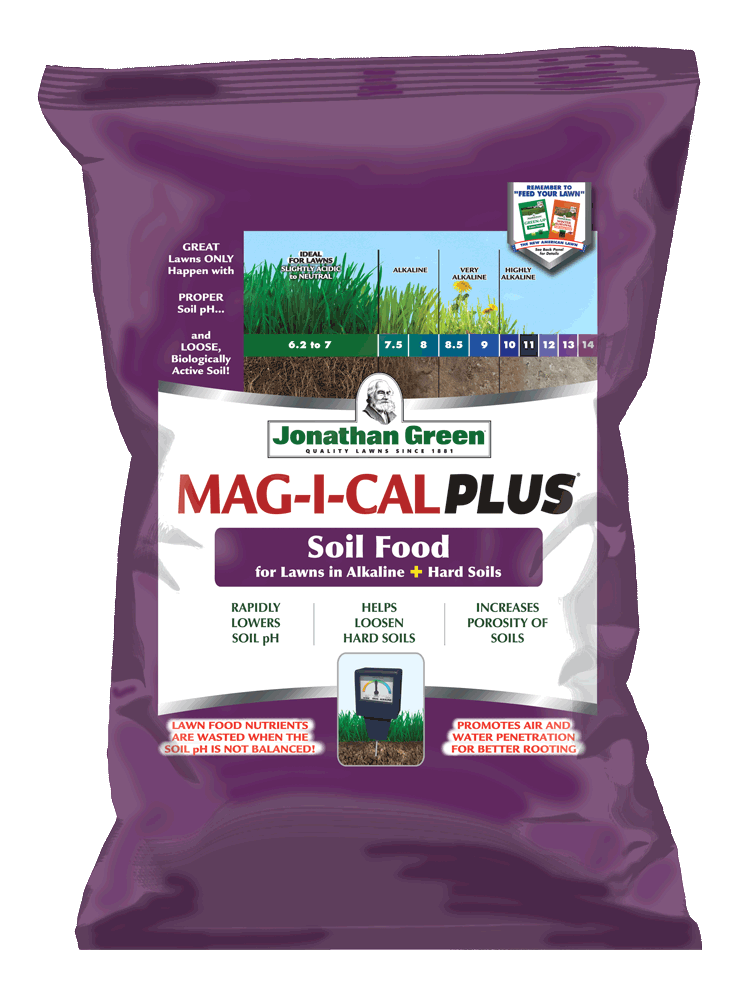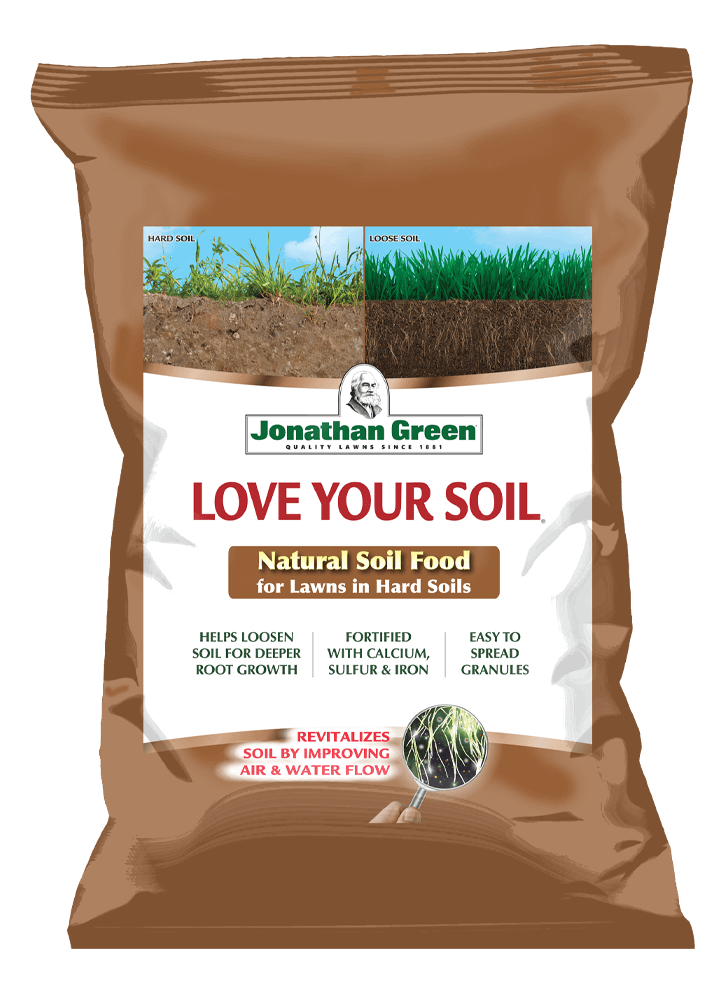Best Drought Tolerant Grass Seed
When drought makes it tricky to keep your lawn looking lush and green, choose the best drought-tolerant seed from Jonathan Green.
Jonathan Green has been growing great-looking lawns since 1881. We supply genetically superior grass seed and other lawn and soil care products to commercial sod growers and independent retailers in all the areas of the United States where cool-season lawn grasses –Tall Fescue, Kentucky Bluegrass, Perennial Ryegrass, and Fine Fescues – are grown.
Tall Fescue adapts well to a wide range of climates, is disease-resistant, and tolerates cold, heat, drought, and shade very well, thanks to its deep root system. In areas with hot summers and cold winters, Kentucky Bluegrass is another excellent choice. It is very tolerant of drought and diseases and grows well even in poor soil with little moisture.
Choose the Right Grass Seed Mixture
For the most drought-resistant lawn, you will want to purchase the best seed. We recommend our genetically superior Black Beauty® Ultra Grass Seed, which contains exclusive, elite varieties of Tall Fescue, Kentucky Bluegrass, and Perennial Ryegrass.
Planted by leading sod growers across the country, Black Beauty grass seed is our most popular grass seed mixture because it creates a lawn that:
- Is drought and disease-resistant;
- Grows well in both full sun as well as partial shade;
- Is deeply rooted (can grow roots up to 4 feet deep);
- Exhibits an invisible waxy coating (like the waxy skin on an apple) that wards off disease and locks in moisture;
- Has lush, dark green leaves that are uniform in texture;
- Is endophyte-bred for natural insect resistance.
Black Beauty® Ultra Grass Seed germinates in 7 to 14 days and will improve any lawn it is seeded into.
Conserve Water While Caring for Your Lawn
Even during a drought, you can keep your lawn looking lush and green while still conserving water.
Mow at the right height: Adjust your mower height to allow the grass to grow a little taller than usual, to 3 or 4 inches tall. This will help shade the soil, reducing water evaporation, and keeping grass hydrated longer. It will also help prevent weeds from growing. The general rule of thumb is never to cut off more than a third of the grass blade.
Avoid chemical lawn fertilizers: Applying heavy chemical fertilizers to encourage faster growth will make the grass require more water. Check the pH of your soil to ensure that it measures between 6.2 and 7.0. If it doesn’t, use Jonathan Green Mag-I-Cal® Plus to rapidly balance the pH and help the lawn grow greener and healthier. If the soil requires some fertilization, opt for organic alternatives such as Jonathan Green Organic Lawn Food.
Aerate the lawn during spring: Aeration will promote deeper root growth and help it retain water. Jonathan Green Love Your Soil® will loosen and aerate hard or compacted soil, feed the soil microbes, make the soil more alive and porous, and enhance root and root mass development.
Mentioned Products
Don’t overwater or underwater: In general, it’s better to water your lawn deeply and infrequently. Established lawns don’t need more than about one inch of water per week, or 20 to 30 minutes per zone, watering once or twice every week. If the weather is hot and dry, increase the frequency to three or four times per week at 20 to 30 minutes per zone. Never water the lawn at night. Excessive moisture on established grass leaves at night will increase the risk of fungal disease.
Learn more about drought-tolerant grass seed by visiting Jonathan Green online for the best lawn care advice or contacting your nearest independent home and garden store.




